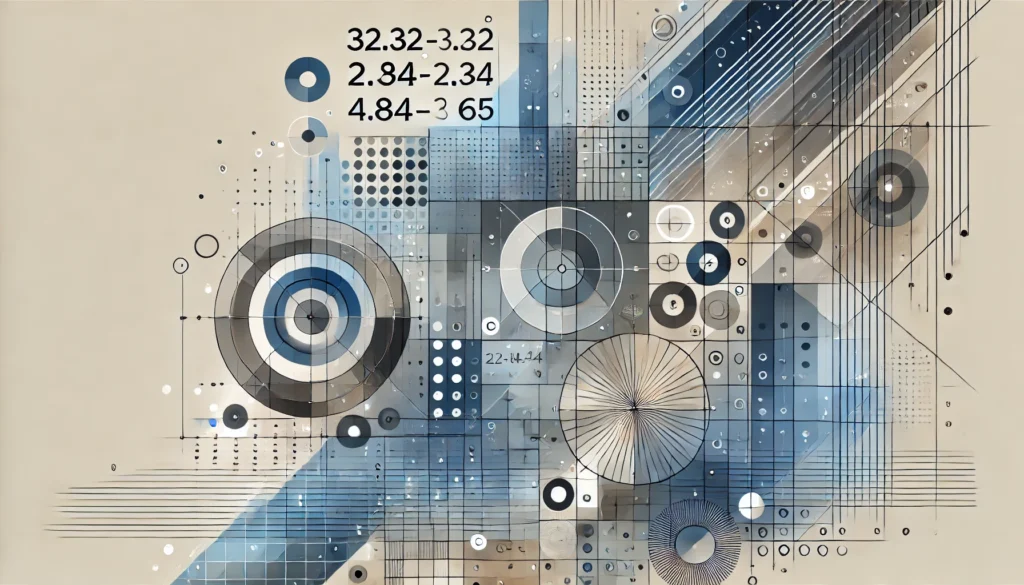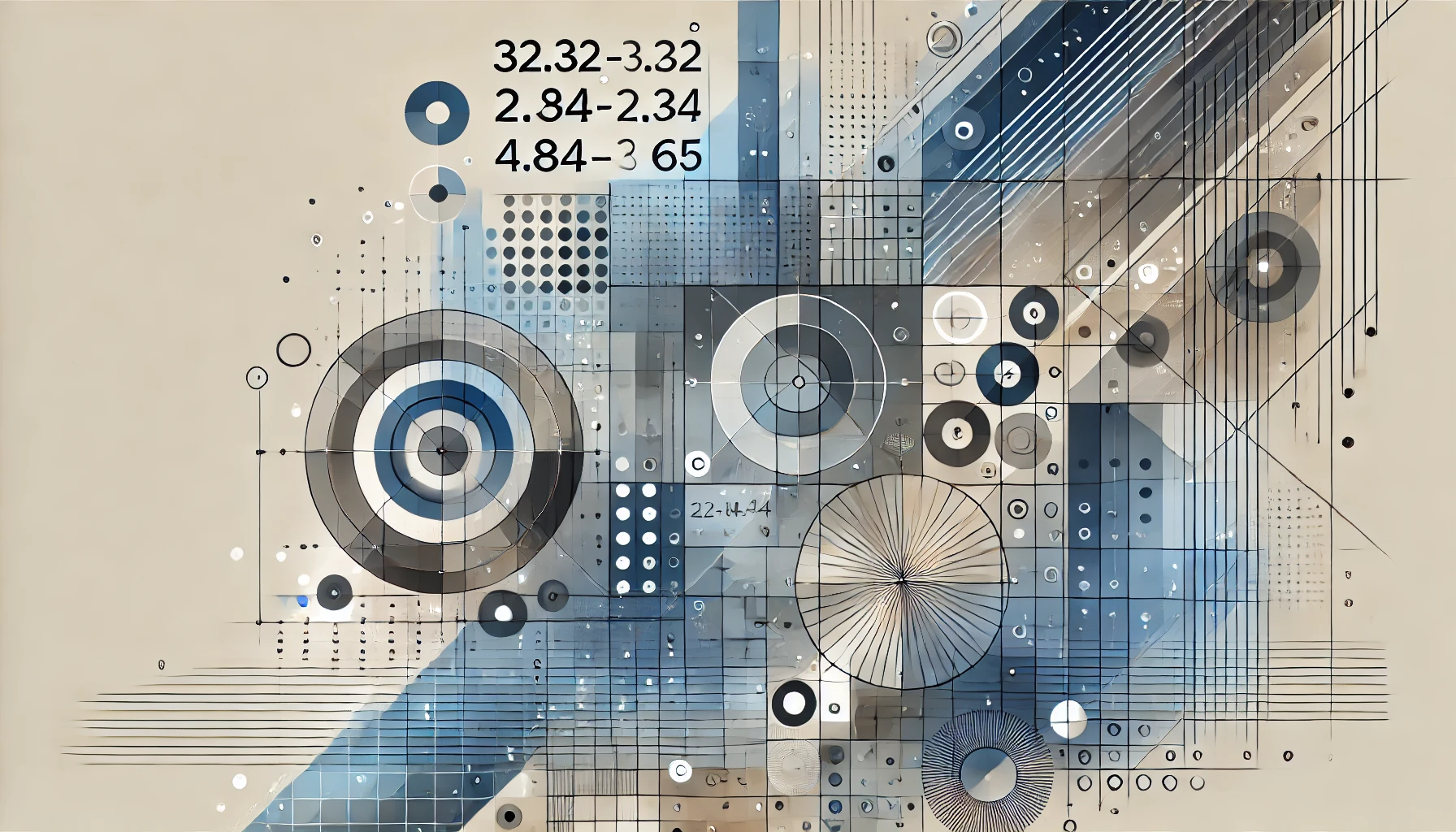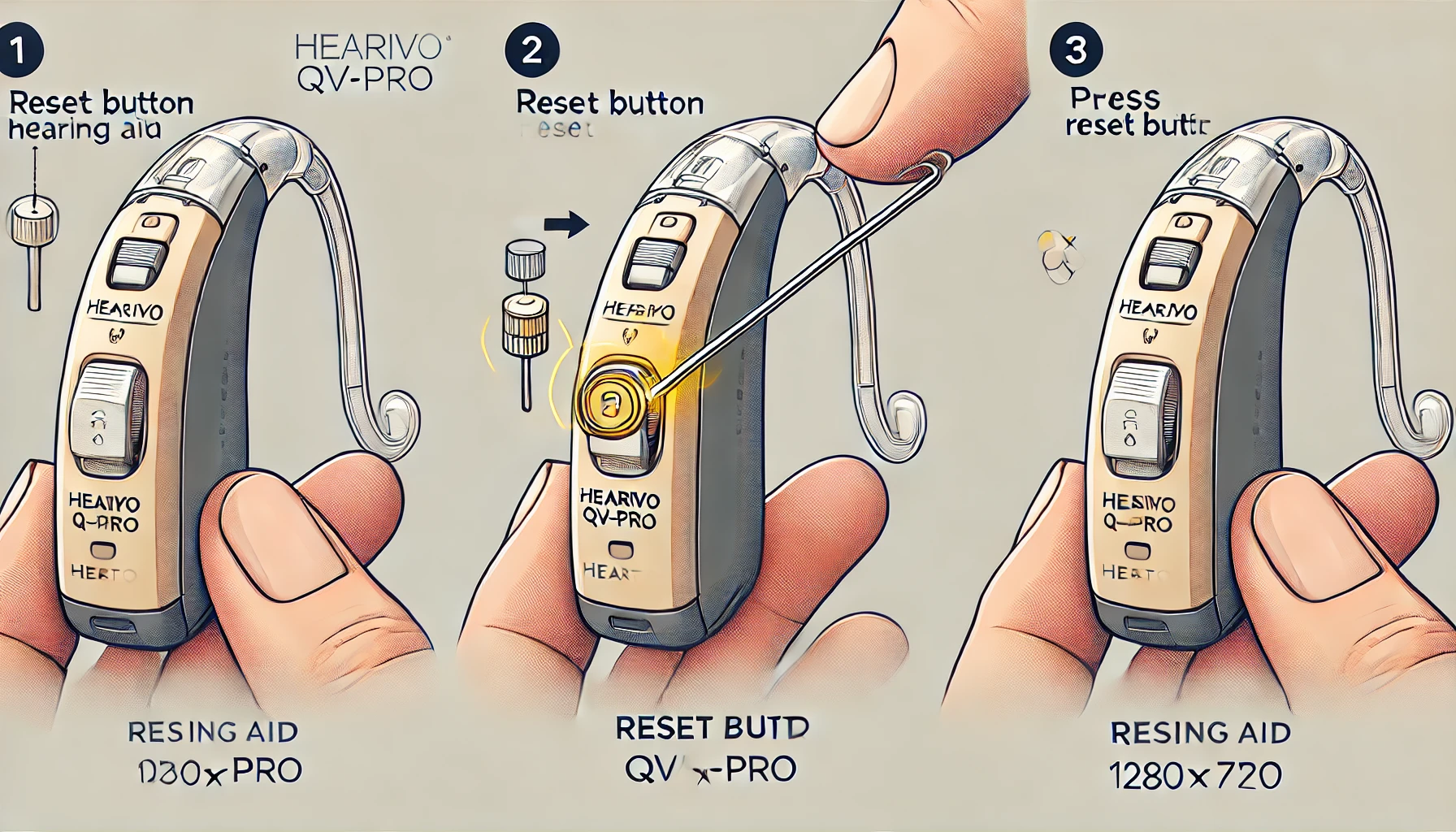Understanding “32.32 2.32-4.84-4.84 65”: What’s the Deal?
When you see something like “32.32 2.32-4.84-4.84 65,” it might look like a confusing string of numbers and dashes. But you’re not alone—many people scratch their heads when they come across this.
So, what does “32.32 2.32-4.84-4.84 65” actually mean? Let’s break it down in simple terms, and you’ll get the full scoop without the technical fluff. Here’s what you should know.
H2: What Could “32.32 2.32-4.84-4.84 65” Represent?
This string of numbers might seem random, but there are ways to interpret it based on common uses of similar formats:
- Product Codes: Numbers separated by dashes often show up in manufacturing or retail codes. Think about when you look at serial numbers on devices.
- Location or Mapping Coordinates: Some interpret these as coordinates on a map. Though not a standard latitude and longitude format, it might reflect location information used in specific industries.
- Dimensions or Specifications: Another possibility? This could relate to measurements in a technical field, like construction or machinery. For instance, 32.32 could be a measurement, with the following numbers explaining dimensions or details.
Breaking these down, we can take a few guesses on how these might apply in real life. Think of it as trying to decode what the numbers could really mean to you.
H3: Let’s Dive Deeper: Possible Uses of “32.32 2.32-4.84-4.84 65”
- If It’s a Product Code
- For manufacturers, these sequences often mark specific parts.
- Companies assign unique codes to every product or part. So, “32.32 2.32-4.84-4.84 65” might label a specific item, model, or even a component within a larger device.
- Example: Imagine buying a part for a gadget, like a motor or a special screw. The numbers identify exactly what part to use for the right fit.
- In Technical Dimensions
- Think of industries like engineering or construction, where precise measurements are key.
- A code like “32.32 2.32-4.84-4.84 65” could show specifications for length, width, and depth, essential in creating or repairing something specific.
- Example: A piece of metal or wood cut exactly to these specs. Without accurate details, assembly could go wrong, making these codes critical in these fields.
- Mapping Coordinates or Grid References
- Numbers like these might align with grid coordinates. This is especially true in fields using complex mapping systems beyond basic GPS, like geological or oceanic mapping.
- Example: Researchers using a grid system to study a region might have codes that point to a very specific location, down to a tiny area of land or water.
H2: The Power of Sequences like “32.32 2.32-4.84-4.84 65” in Everyday Use
These unique identifiers aren’t just numbers—they save time and prevent errors.
How?
Imagine every part you buy or every tool you use has a code. Rather than relying on a lengthy description (and risking confusion), you get an easy shorthand for exactly what you need. It’s especially crucial in:
- Retail & E-commerce: Think of shopping for replacement parts. Product codes mean you don’t have to guess whether you’re ordering the right item. One quick lookup, and you’re good to go.
- Inventory Management: Warehouses rely on these codes to stock and organize products. This minimizes errors and helps with efficient order fulfillment.
- Technical Documentation: Imagine working with complex machinery. Instead of vague descriptions, you get a code that spells out exactly which part to use. This is essential for precise repairs and maintenance.
Everyday Example: Fixing a Bike
Suppose your bike needs a new part, but instead of describing it as “that small metal bit that connects the wheel,” you use a code. You enter “32.32 2.32-4.84-4.84 65” on a parts website, and voila—you find the exact part you need without the hassle of digging through pages.

H3: Common Questions About Codes Like “32.32 2.32-4.84-4.84 65”
Why do we see so many numbers like this?
In a world where accuracy matters, codes eliminate guesswork. It’s a precise, foolproof way to handle inventory, identify parts, or track items without relying on long descriptions.
Can these numbers be translated to something meaningful?
Yes, if you know the field they belong to. Each industry might use its own structure, but the idea stays the same: keep things specific. For instance, if you’re in construction, it might mean dimensions, while in retail, it could mean a product ID.
What if you misinterpret a code like “32.32 2.32-4.84-4.84 65”?
Misinterpretations happen, but in structured systems, checks exist. Usually, if you’re looking at the wrong item, the code will be flagged as invalid. In highly organized systems, errors are often spotted quickly because of built-in safeguards.
Is it just an identifier, or can it mean something more?
Both! Primarily, it’s a way to identify, but depending on context, it could reveal details about dimensions, part type, or product series.
H2: Why Are Codes Like “32.32 2.32-4.84-4.84 65” Critical in Specific Industries?
- Time-Saving
- Imagine managing a large warehouse. Searching by code streamlines finding exactly what you need.
- Accuracy
- Misunderstandings can lead to costly errors. Codes keep things clear and specific.
- Ease of Communication
- Explaining what you need to someone else becomes easier. One code communicates exactly what’s required without lengthy descriptions.
H3: Final Thoughts on “32.32 2.32-4.84-4.84 65”
So, whether you’re using “32.32 2.32-4.84-4.84 65” to identify a product, reference a location, or specify dimensions, remember that these codes save you time, energy, and hassle.
You get precision, speed, and reliability—all wrapped up in a few numbers.
And when you use codes like “32.32 2.32-4.84-4.84 65,” you’re doing yourself a favor by making sure you’re on the same page with everyone in your field, without the risk of miscommunication.
Whether you’re hunting for a specific part or simply curious, “32.32 2.32-4.84-4.84 65” stands out as a reminder of how numbers can make life easier.














Post Comment